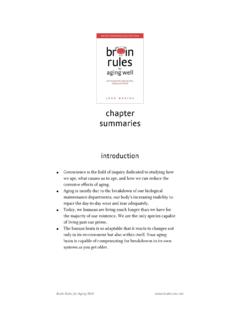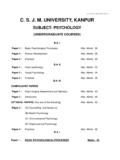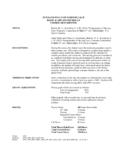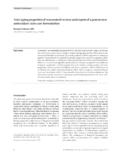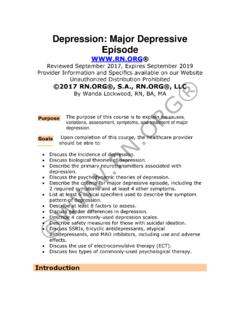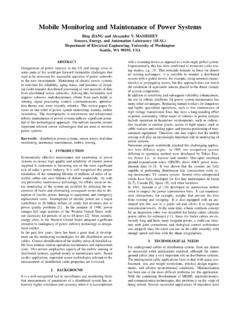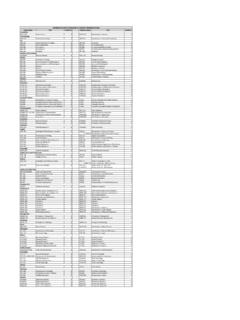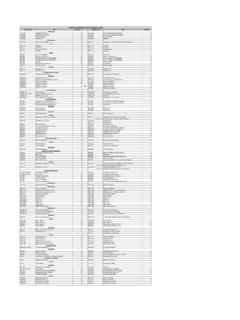Transcription of Physical Chemistry of Surfaces - ScienceNet.cn
1 Physical Chemistry of Surfaces Sixth Edition ARTHUR W. ADAMSON Department of Chemistry , University of Southern California Los Angeles, California and ALICE P. GAST Department of Chemical Engineering, Stanford University Stanford, California A WILEY-INTERSCIENCE PUBLICATION John Wiley & Sons, Inc. NEW YORK / CHICHESTER / WEINHEIM / BRISBANE / SINGAPORE / TORONTO Contents Preface xix I. General Introduction 1 IL Capillarity 4 1.
2 Surface Tension and Surface Free Energy 4 2. The Young-Laplace Equation 6 3. Some Experiments with Soap Films 8 4. The Treatment of Capillary Rise 10 A. Introductory Discussion 10 B. Exact Solutions to the Capillary Rise Problem 12 C.
3 Experimental Aspects of the Capillary Rise Method 16 5. The Maximum Bubble Pressure Method 17 6. Detachment Methods 19 A. The Drop Weight Method 19 B. The Ring Method 21 C. Wilhelmy Slide Method 23 7.
4 Methods Based on the Shape of Static Drops or Bubbles 26 A. Pendant Drop Method 27 B. Sessile Drop or Bubble Method 27 C. Sources of Other Deformed Shapes 30 8. Dynamic Methods of Measuring Surface Tension 33 A. Flow Methods 33 B. Capillary Waves 34 C.
5 Maximum Bubble Pressure Method 35 9. Surface Tension Values as Obtained by Different Methods 35 10. Problems 40 General References 43 Textual References 43 vii Vlll CONTENTS III. The Nature and Thermodynamics of Liquid Interfaces 48 1.
6 One-Component Systems 48 A. Surface Thermodynamic Quantities for a Pure Substance 48 B. The Total Surface Energy, Es 51 C. The Effect of Curvature on Vapor Pressure and Surface Tension 53 D. The Effect of Pressure on Surface Tension 55 2. Structural and Theoretical Treatments of Liquid Interfaces 56 A.
7 Further Development of the Thermodynamic Treatment of the Surface Region 58 B. Calculation of the Surface Energy and Structure of Interfaces 61 3. Orientation at Interfaces 63 4. The Surface Tension of Solutions 65 A. Binary Solutions 65 B.
8 The Surface Tension of Polymerie Systems 69 5. Thermodynamics of Binary Systems: The Gibbs Equation 71 A. Definition of Surface Excess 71 B. The Gibbs Equation 73 C. The Dividing Surface 74 D. Other Surface Thermodynamic Relationships 76 6. Determination of Surface Excess Quantities 77 A.
9 Experimental Methods 77 B. Historical Footnote and Commentary 79 C. Theoretical Calculation of Surface Excess Quantities 79 7. Gibbs Monolayers 80 A. The Two-Dimensional Ideal-Gas Law 82 B. Nonideal Two-Dimensional Gases 83 C. The Osmotic Pressure Point of View 86 D.
10 Surface Elasticity 89 E. Traube's Rule 90 F. Some Further Comments on Gibbs Monolayers 91 8. Problems 92 General References 96 Textual References 96 IV.





